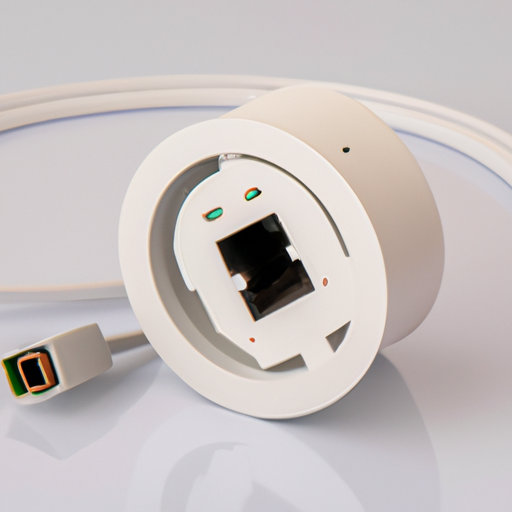Wireless charging technology has become increasingly popular in recent years, allowing users to charge their devices without the need for traditional cables and cords. One key component of wireless charging technology is the wireless charging coil, which plays a crucial role in transferring power from the charging pad to the device being charged.

The wireless charging coil works by generating an alternating current (AC) when it is placed near a charging pad that is connected to a power source. This AC current creates a magnetic field around the coil, which in turn induces a current in a second coil located in the device being charged. This induced current is then used to charge the device's battery.
There are two main types of wireless charging coils: transmitter coils and receiver coils. Transmitter coils are typically larger and more powerful, as they are responsible for generating the magnetic field that transfers power to the receiver coil. Receiver coils, on the other hand, are smaller and are usually integrated into the device being charged.
The design and placement of the wireless charging coil are crucial factors in determining the efficiency and effectiveness of the wireless charging system. The coil must be positioned in such a way that it can efficiently transfer power to the device being charged, while also minimizing energy loss and heat generation.
In addition to the physical design of the coil, the materials used in its construction also play a significant role in its performance. Copper is a common choice for wireless charging coils due to its high conductivity and low resistance, which helps to minimize energy loss and maximize charging efficiency.
One of the key advantages of wireless charging coils is their convenience and ease of use. With wireless charging technology, users no longer have to fumble with tangled cords and cables, making it easier to charge their devices on the go. Wireless charging coils also eliminate the wear and tear that can occur with traditional charging cables, as there are no physical connections that can become damaged over time.
Despite their many benefits, wireless charging coils do have some limitations. For example, the distance between the charging pad and the device being charged can affect the efficiency of the charging process. Additionally, the efficiency of wireless charging coils can be affected by the presence of metal objects or other electronic devices near the charging pad.
In conclusion, wireless charging coils play a crucial role in the operation of wireless charging technology, allowing users to charge their devices without the need for traditional cables and cords. By generating a magnetic field that transfers power wirelessly from the charging pad to the device being charged, wireless charging coils offer a convenient and efficient way to keep devices powered up. As wireless charging technology continues to evolve, we can expect to see further advancements in the design and performance of wireless charging coils, making them an essential component of the modern charging ecosystem.





